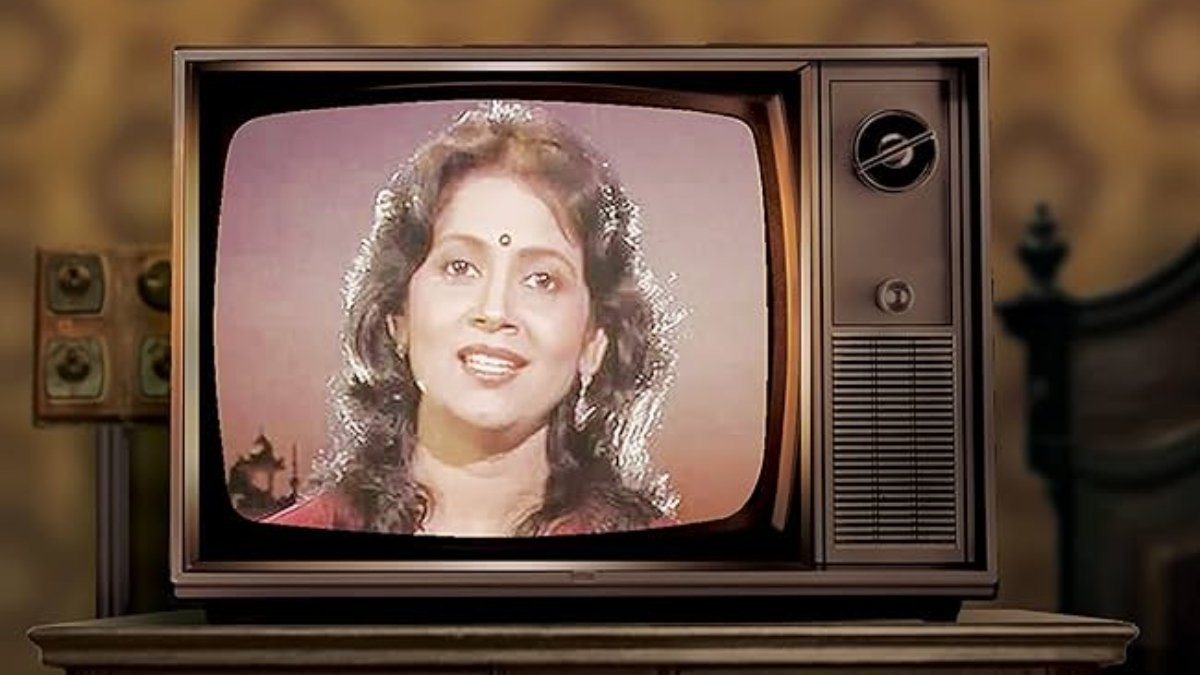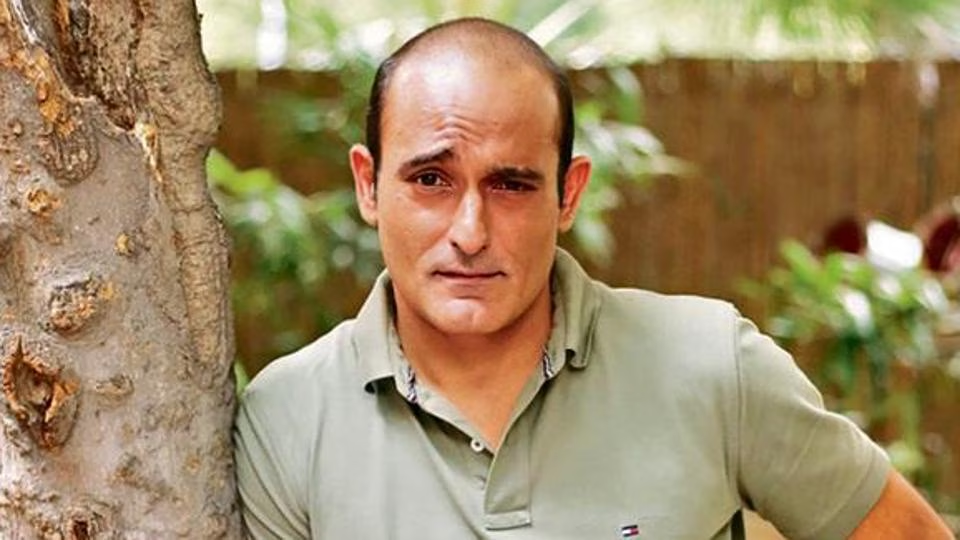TV has lost its identity somewhere in today’s era. There was a time when the audience eagerly waited for the shows telecasted on TV. In this era of OTT, the importance of TV has ended to a lot of extent. But earlier it was not like that, remember the era of Doordarshan? It used to be very slow and calm. At that time TV advertisements also used to be simple and fun. There was a different fun in watching Doordarshan daily soaps, religious serials and kids programmes.
When was the first TV ad aired?
Some people still carry the memories of that decade with them. On January 1, 1976, India’s first television commercial was aired. According to reports, this advertisement is for Gwalior Suiting and Fabrics. In India, the entire advertising industry transformed as a result of this commercial. In addition, Bombay Dyeing was the first color advertisement on television when it was introduced in 1982. Ads continued to gain prominence throughout time.
About Doordarshan
On September 15, 1959, the Ministry of Information and Broadcasting created Doordarshan for the uninitiated. The longest show on Doordarshan is Krishi Darshan, which may surprise you. Numerous farmers have benefited from this initiative. On January 26, 1967, it began.
Doordarshan was India’s national broadcaster by 1982. Everyone’s hearts were filled with joy when color television was introduced in India in 1982. In addition, the transmission was made colorful for the 1982 Asian Games in Delhi. Doordarshan continued to evolve over time in this manner.
When television became colourful
People’s preference for color television grew even more after it was introduced in 1982. Indian television underwent a radical transformation when the Asian Games were broadcast on Doordarshan. The country’s Green Revolution began in 1966 with the Krishi Darshan program. The oldest Doordarshan program is Krishi Darshan. Later, Doordarshan’s popularity reached new heights thanks to shows like Hum Log, Buniyaad, Nukkad, Ramayan, and Mahabharat. The station still has a devoted following today.






